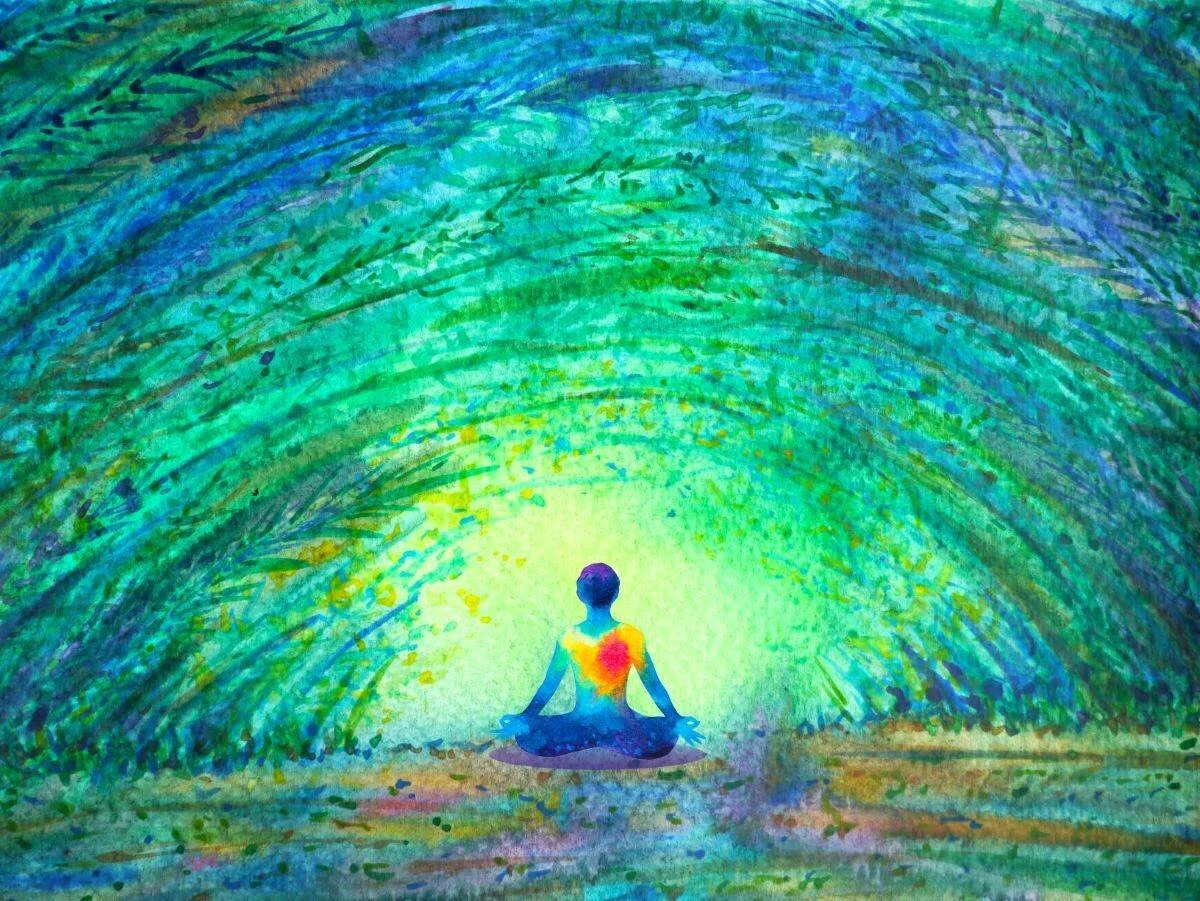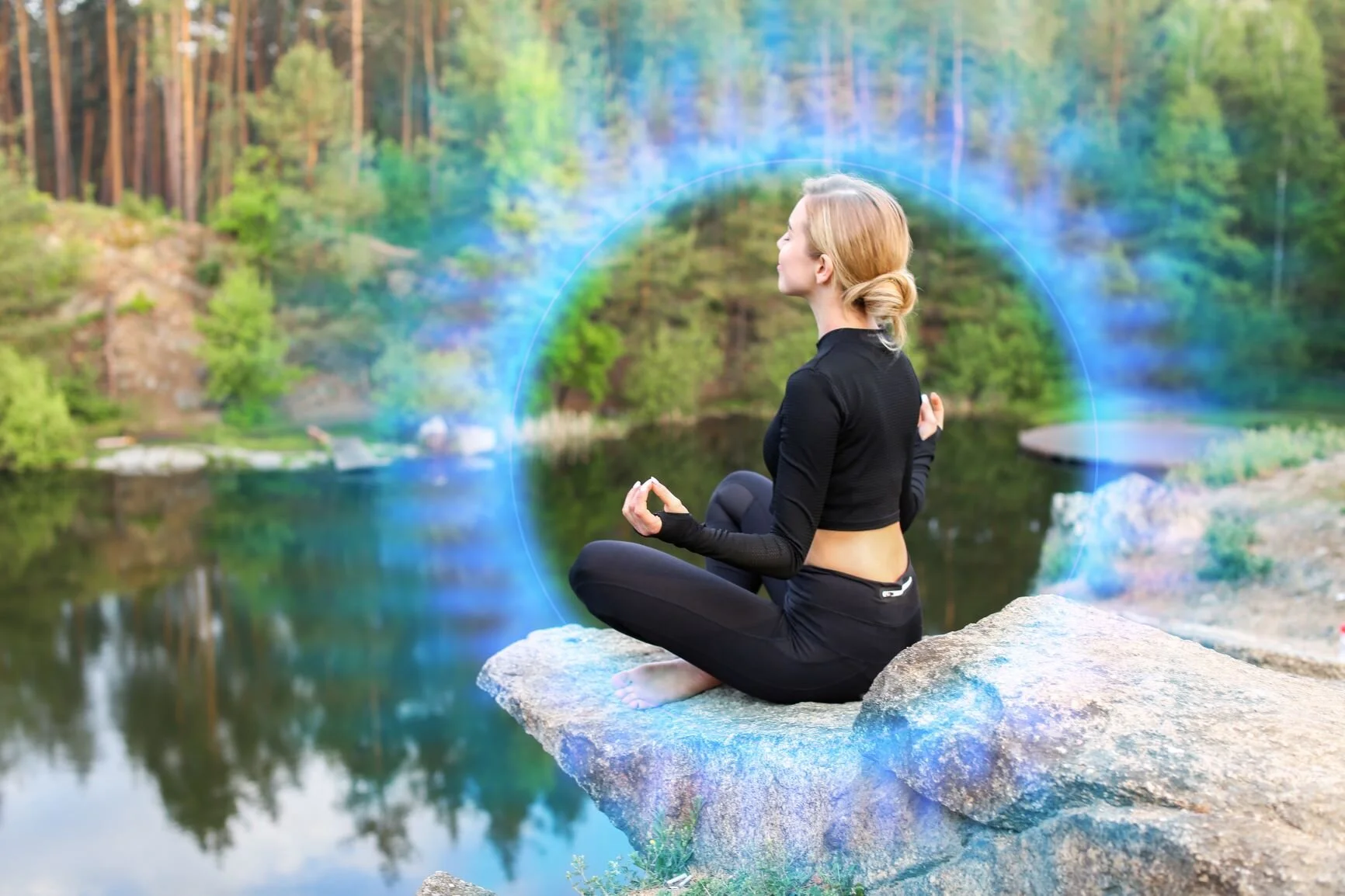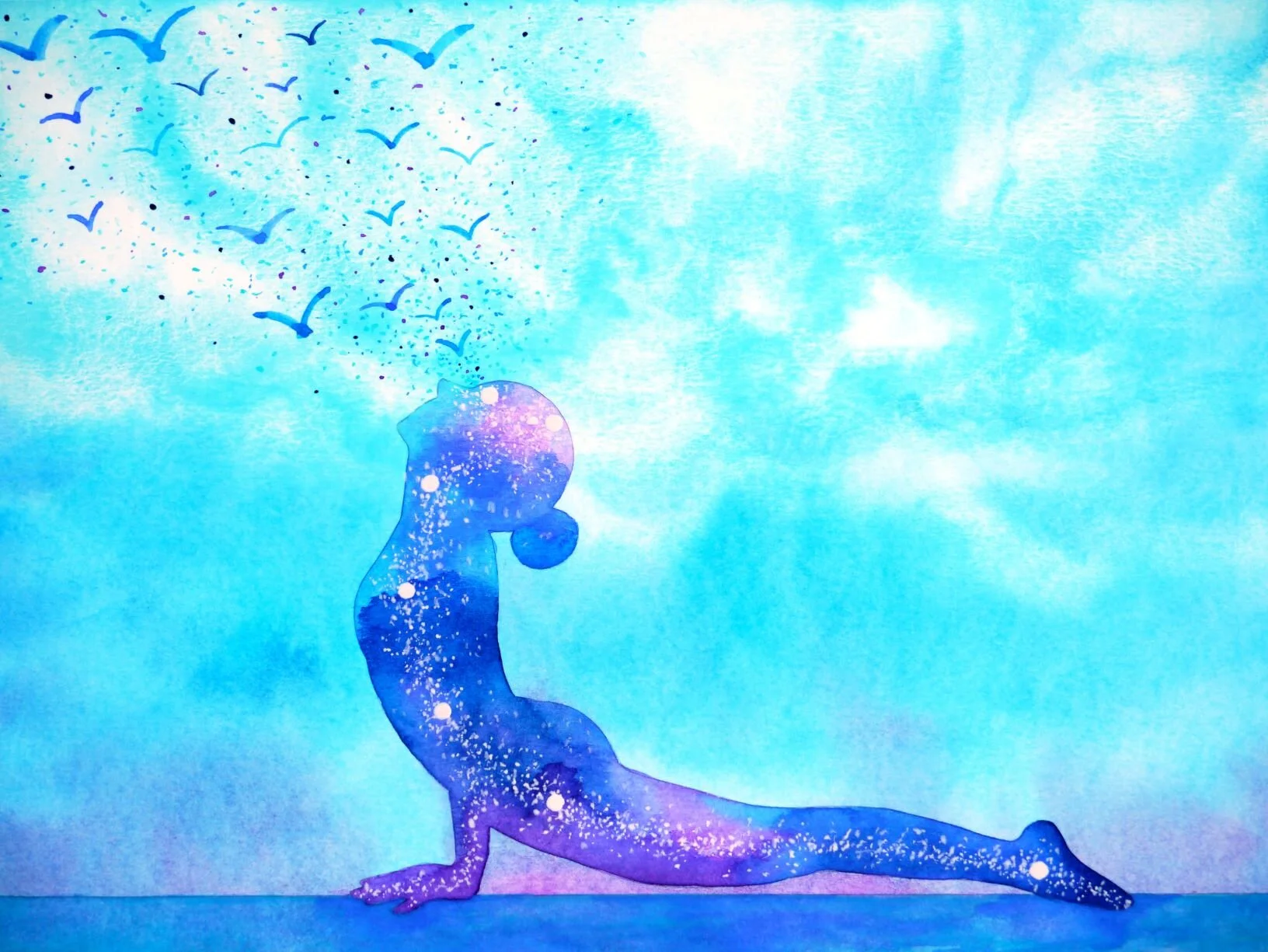This is a performance-oriented version of the Vijnana Bhairava Tantra. It is meant to inspire practice and is written in such a way that when reading it quietly to yourself, you may feel invited in to a practice, and become more intimate with yourself. You may find yourself in the midst of a practice just in reading. This is antar yoga, where antara is “interior, intimate, the interior part of a thing, Soul, heart, supreme soul.” Feel free to speak it out loud, share it with a friend or student, jump up and dance, jump in and do one or more of the practices.
Tantras, in the words of Gavin Flood, are “not simply passive texts but are performative, used in ‘life transforming practices,’ “(The Tantric Body p. 4). To paraphrase Flood, the text is brought to life in the act of reading and inward performance, and in the act of sharing and outward performance. When we read, if we engage with the text, that is an inward performance. When we share with others the meanings we find, that match our experiences, that is an outward ritual.
Sanskrit is a song of experience. Its words are rich in meaning, with many images and metaphors, both sensual and spiritual. The English used in The Radiance Sutras comes from the images and metaphors in the Sanskrit of the text, which is luscious, evocative, and electrifying. People are shocked at how much Shakti Sanskrit has. In this version I take full semantic range of each word as yuktarūpaka - appropriate metaphor. The Radiance Sutras gives voice to some of these many dimensions of information conveyed in the Sanskrit of the original.
“Every word was once a poem.”
Emerson wrote that “Every word was once a poem.” (The Poet, 1844). This is particularly true of the Sanskrit used in this text, where each word sparkles with many images that suggest direct living experience. The feeling is of an acceptance of all human emotion, all of our longing, all of our yearning for sensuous and spiritual experience. The world evoked by Sanskrit is one in which poetry, dance, craft skills, archery, medicine, theater, literature, mythology – all are one field of exploration. All are part of the same seamless texture of experience. The composers of these hymns lived in a poem, experienced thought as poem. They savored the images, sensations, sounds, skills, of the inner and outer life and let these textures sing themselves into speech.
The text is so luscious that it is endless in its meaning, designed to provide revelation and surprises every day for a lifetime.
I refer to The Radiance Sutras as a “version” rather than a translation because I am following a different set of rules than those developed by Indologists and those engaged in historical criticism. I am seeking to let the liveliness of the original Sanskrit come across, using the root images and metaphors in each word. A technique employed in this version is simply to use the full semantic range of each word as listed in the Monier-Williams Sanskrit-English Dictionary (1899). These definitions, elicited from native lexicographers during the latter half of the 19th century, are full of interesting metaphors and images that give direction and hints relevant to the yoga practice being presented. For example, consider these definitions, at your leisure (italics are mine, and the definitions are abbreviated):
Laya - the act of sticking or clinging to, to become attached to any one, to disappear, be dissolved or absorbed, to hide or conceal one’s self. Lying down. Melting, dissolution, disappearance or absorption in. Rest, repose. Place of rest, residence, house, dwelling. Mental inactivity, spiritual indifference. Sport, diversion, merriness. Delight in anything. An embrace. In music - time, a kind of measure. The union of song, dance, and instrumental music. A pause. A swoon. Merge.
Bhū - to become, be, arise, come into being, exist, be found, live, stay, abide. To cherish, animate, enliven, refresh, encourage, promote, further. To addict or devote oneself to, practice. To manifest, exhibit, show. Becoming, being, existing, springing, arising. The place of being, space, world, or universe. The earth, ground. Soil. Floor. Pavement. A spot or piece of ground.
Prakāśa - visible, shining, bright. Clear, manifest, open, public. Pronouncing a name out loud. Expanded. Universally noted, famous, celebrated for. Openly, publicly, before the eyes of all. Clearness, brightness, splendor, luster, light. Elucidation, explanation, display. Manifestation, expansion, diffusion. Glory. Sunshine, open spot or air. The gloss on the upper part of a (horse’s) body. The messengers of Vishnu. Laughter.
Yuj - to yoke or join or fasten or harness (horses or a chariot), to make ready, set to work, use, employ, to equip an army. To offer, perform (prayers, a sacrifice). To put arrows on a bow-string. To fix in, insert, inject (semen). To turn or direct or fix or concentrate the mind, thoughts upon. To concentrate the mind in order to obtain union with the Universal Spirit, be absorbed in meditation. To join, unite, connect, bring together (to be attached, cleave to). To join one’s self to. In astronomy, to come into union or conjunction with. To be united in marriage. To urge or impel to.To encompass, embrace. Exciting. Being in couples or pairs.
You could make a song lyric out of a single definition. All the above definitions are shortened for ease of reading, and the full definitions contain lots of opposites, so if love is mentioned, and melting and merging, then so is dying. If surrender is mentioned, so is control and domination. It’s the stuff of modern pop songs, Country Western, musicals, Rap and Hip Hop.
A listener to the Vijnana Bhairava Tantra who was aware of the the meanings of these words would have a vast and ever-surprising range of associations flowing in her mind as she heard these being chanted, even for the thousandth time. There are plays of sound in the words themselves, and rhythms of vision, for if you know the images in each word, moving pictures flicker and flow continually as the Sanskrit flows, making a unique movie upon each hearing. Resonance reaches far and wide, setting whole fields of ideas and experiences vibrating, invoking myths, epics, conversations (Upanishads) and hilarious stories.
In her initial questions that invoke the conversation, Devi uses the term para, which is defined as “the Universal Soul, far, distant, opposite, previous (in time), ancient, past, future, next, the name of a sound in the first of its four stages, the wider or more extended or remoter meaning of a word.” Therefore in decoding the conversation, we make use of the wider meanings of all the words, as indicated in the industry-standard dictionary.










